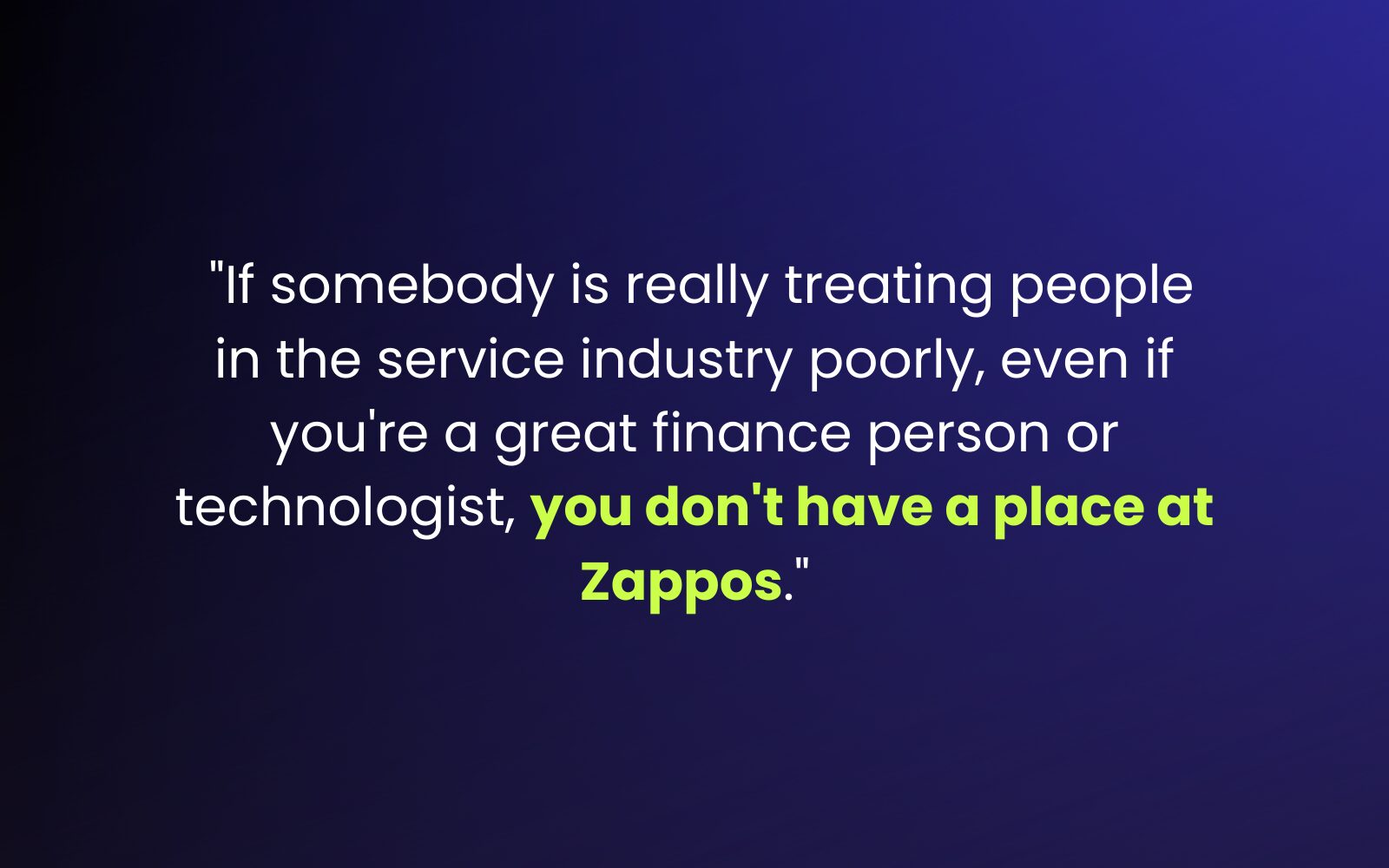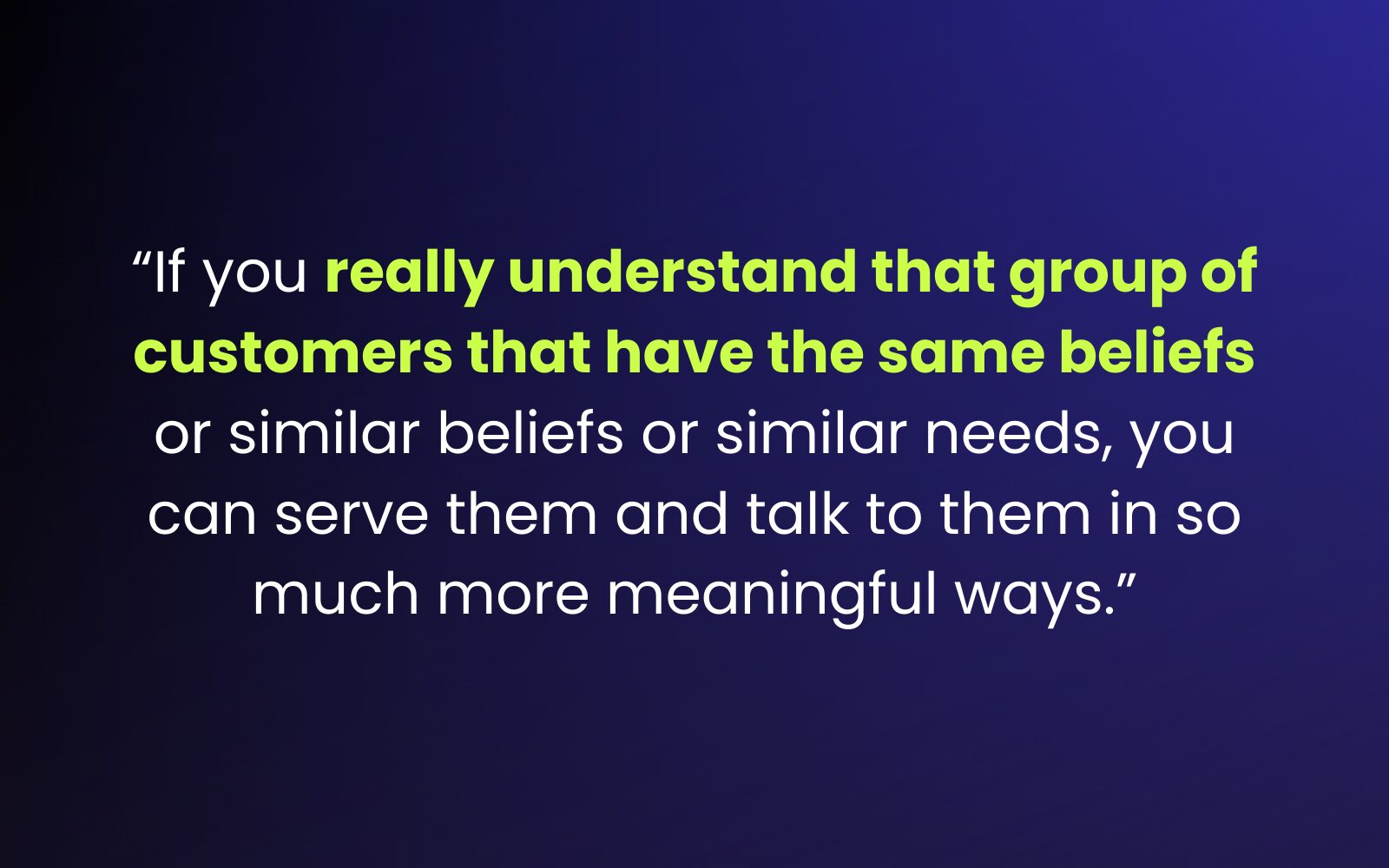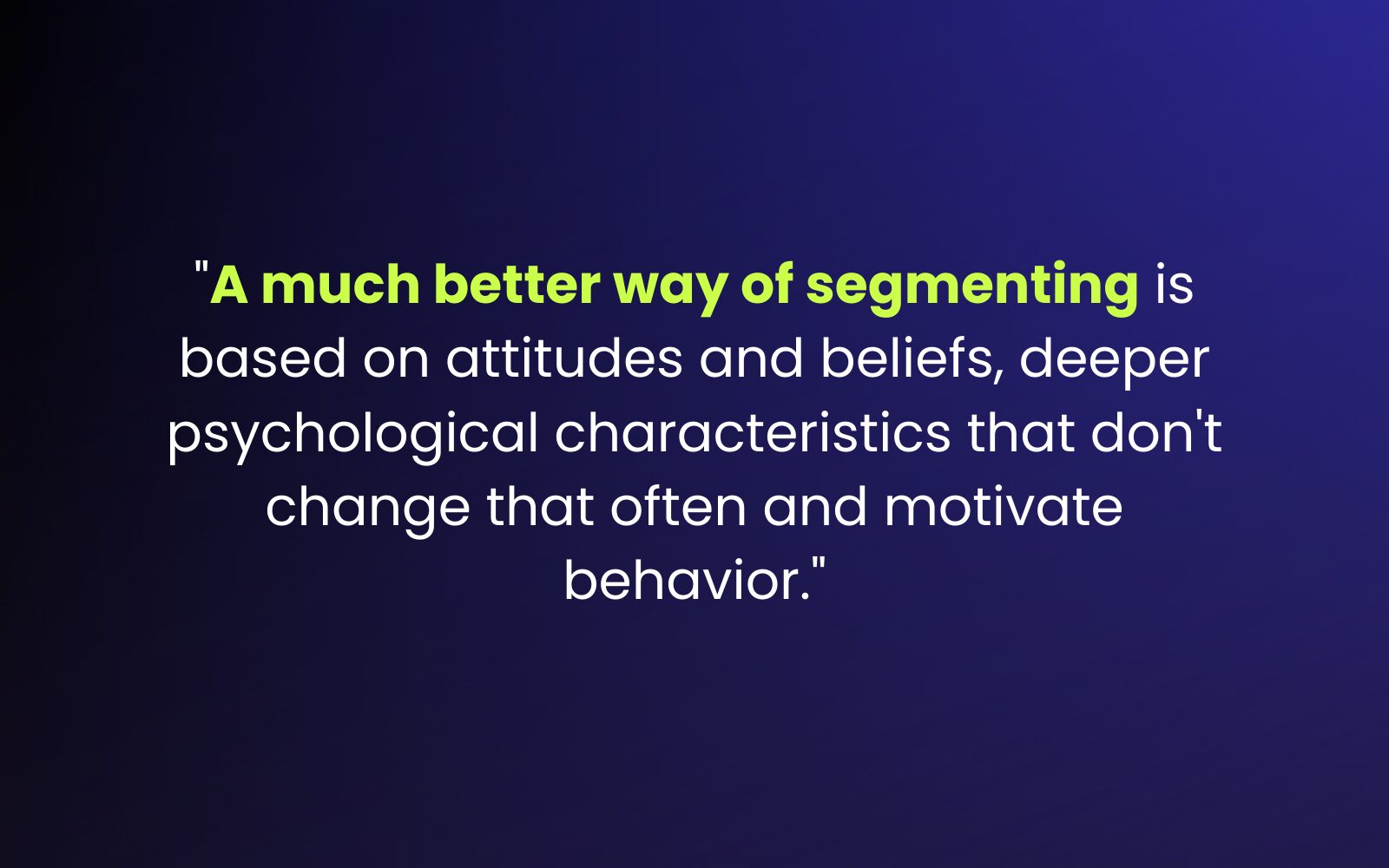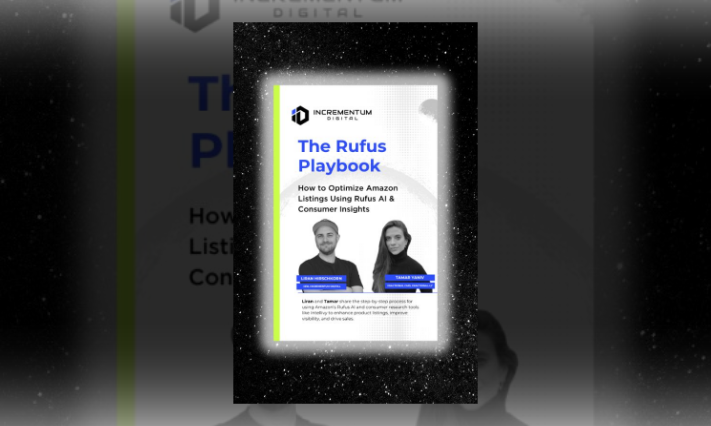Ecommerce Experts
5 Secrets to Brand Loyalty: Insights from Alex Genov of Zappos

Did you know that 61% of customers leave a brand simply because of bad customer service? If you’re feeling this challenge, you’re not alone! Many brands struggle with genuinely connecting with customers in a meaningful way. However, Zappos has mastered the art of customer-centricity, earning a reputation for exceptional customer service and fostering deep brand loyalty.

Learn How to Make Listings That Convert in 2025!
Read our step-by-step guide on how to optimize your listings using Rufus AI insights. Sign up for our newsletter and get your copy for free!
Show me howWant to know their secrets? Learn these five key insights from the Head of Customer Research and Marketing Insights at Zappos, Alex Genov.
Secret #1: Understand Customer-Centricity
Genov explains, “To be truly customer-centric is to understand your customers so well that you know who your best customers are, your most profitable customers, the ones that really love your products and spread the word for you, and treat those customers like royalty.” Adopting a customer-centric approach allows brands to delve deep into individual customer preferences. By tailoring products and services to meet specific demands, companies can broaden their market reach.
Consumer Behavior Insights: Understanding consumer behavior is vital for crafting effective marketing strategies for brand loyalty. Genov highlights that a customer-centric approach provides valuable insights into the diverse perceptions and expectations of customers. “When you treat all of them the same, you’re expanding a lot of resources, you peanut butter your resources, and then you’re effective in one section and you’re not effective in another section,” he notes, emphasizing the importance of recognizing individual differences.
Competitive Advantage: Exceptional customer service and personalization set brands apart from the competition. Genov shares that companies like Zappos have demonstrated the long-term success that comes from prioritizing customer experience. He recounts an anecdote that shaped Zappos’ approach: “One time they missed a promised date for the shipping of a pair of shoes to this woman who needed it for a special occasion. They could have said, ‘This is just one customer,’ but instead, they overnighted a pair of shoes to her and sent her a coupon and profusely apologized. She wrote back an email with the subject line ‘Wow.'”
Secret #2: Zappos’ Unique Hiring Process
Zappos is renowned for its distinctive hiring process, designed to ensure that the team is not only skilled but also culturally aligned with the company’s values. Genov shares insights into the unique methods they use to build a customer-focused team:
Weirdness Scale: One of the standout features of Zappos’ hiring process is the “weirdness scale.” Candidates are asked to rate their own weirdness on a scale from 1 to 10. This quirky question helps Zappos determine cultural fit and ensure that potential employees are comfortable in an environment that values individuality and personality.
Genov recalls his own experience: “They asked me, ‘Please rate yourself on a scale of 1 to 10, how weird are you?’ I paused for a second; I didn’t want to be a seven, I didn’t want to be a one, so I kind of got somewhere in the middle.”
$1,000 Incentive: Zappos offers new hires a $1,000 incentive to quit if they feel they aren’t a good fit for the company. This practice underscores Zappos’ commitment to maintaining a motivated and engaged workforce. Genov explains, “If somebody is really treating people in the service industry poorly, even if you’re a great finance person or technologist, you don’t have a place at Zappos.” This policy ensures that those who stay are truly passionate about their roles and the company’s customer-centric culture.
Secret #3: Umwelt for Brand Loyalty
Customer Umwelt refers to the unique perceptual world of each customer. This concept is derived from the work of German biologist Jakob von Uexküll, who proposed that different organisms perceive the world in distinct ways based on their sensory experiences and interactions. Genov explains, “There’s not one reality essentially; we perceive reality in one way, animals perceive it in different ways.”
The concept of “Customer Umwelt” is pivotal for creating a truly customer-centric brand and building brand loyalty. Genov provides a deep dive into this fascinating idea and its importance for brands.
Understanding the unique perceptual worlds of your customers is crucial for tailoring strategies to meet their specific needs and perspectives. Genov emphasizes, “If you really understand that group of customers that have the same beliefs or similar beliefs or similar needs, you can serve them and talk to them in so much more meaningful ways.” Brands can create more personalized and impactful customer experiences when they recognize these unique perspectives. Such data may even help you create meaningful advertising campaigns and effectively measure their success.
Embracing the concept of Customer Umwelt means acknowledging that every customer experiences the world differently. By tailoring strategies to these unique perceptions, brands can create meaningful connections, foster loyalty, and drive long-term success. Understanding and leveraging Customer Umwelt allows brands to communicate more effectively and resonate deeply with their audience.
Secret #4: Effective Market Segmentation
For brands aiming to truly connect with their audience, moving beyond basic demographic segmentation is essential. Genov emphasizes the power of attitudinal segmentation, which focuses on the beliefs and behaviors of customers, providing a deeper understanding that drives more effective marketing strategies.
Attitudinal Segmentation: Attitudinal segmentation delves into the psychological aspects of customers, such as their values, interests, and lifestyles. Genov explains, “A much better way of segmenting is based on attitudes and beliefs, deeper psychological characteristics that don’t change that often and motivate behavior.”
Zappos’ Discovery of “Mommy Guilt”: An example of attitudinal segmentation at work is Zappos’ identification of “mommy guilt.” Through direct interaction and research, Zappos discovered that many mothers prioritized buying for their children over themselves, feeling guilty when purchasing items for personal use. Genov elaborates, “We visited a lot of families and spoke to a lot of moms to discover this phenomenon called ‘mommy guilt.’ The shared sentiment was that everything goes to the child, and when I buy something for myself, I feel guilty.”
This insight led Zappos to develop more empathetic marketing strategies that acknowledged and addressed these feelings, ultimately resonating more deeply with this segment of their customer base.
By focusing on attitudinal segmentation, brands can uncover the underlying motivations and concerns of their customers, leading to more tailored and effective marketing efforts toward brand loyalty. This approach goes beyond surface-level characteristics, enabling brands to build stronger, more meaningful connections with their audience.
Secret #5: Balancing Technology with Empathy
In the era of advanced technology, it’s essential to balance the efficiency of AI with the irreplaceable value of human empathy. Genov highlights the importance of integrating both to enhance customer experiences effectively.
AI’s Role: AI can significantly enhance operations by streamlining processes and providing quick responses. However, Genov warns against relying solely on AI, stating, “AI is great for enhancing operations, but it’s not a cure-all. True customer understanding requires a balance of technology and human empathy.” AI can support customer service by handling routine tasks and supercharging data analysis (such how you can implement multi-touch attribution for your Amazon business), but it lacks the nuanced understanding that human interactions provide.
Direct Interactions: To gain deeper insights, Genov advocates for scheduling calls with real customers. He explains, “To really help customers meaningfully and build this relationship with them, you need to go beyond that and understand them in many aspects of their lives.” Direct conversations with customers reveal their genuine feelings, needs, and concerns, which cannot be fully captured by AI alone. This human touch fosters empathy and enables brands to create more personalized and effective strategies.
Balancing the use of AI with direct human interactions ensures that brands can efficiently manage operations while maintaining a deep, empathetic connection with their customers. This approach improves customer satisfaction and builds long-term loyalty and trust.
Conclusion
Embracing customer-centricity is about understanding individual needs, building a committed team, and balancing technology with empathy. These principles are the cornerstones of a brand that truly resonates with its customers. By focusing on personalized experiences, innovative hiring practices, and blending AI with human touch, you will discover how to build brand loyalty and achieve exceptional customer loyalty and long-term success.
To dive deeper into these insights and see them in action, watch the full interview with Alex Genov on our YouTube channel here.
LET’S DISCOVER WHAT’S POSSIBLE FOR YOUR BRAND
We’re here to listen and uncover opportunities tailored to your unique goals.
Fill out the form to get started, and you’ll walk away with real insights and actionable recommendations—whether we work together or not.
- HANDS-ON LEADERSHIP
- AWARD-WINNING PARTNERSHIPS
- CUSTOM-BUILT SOLUTIONS









